- About us
- Support the Gallery
- Venue hire
- Publications
- Research library
- Organisation chart
- Employment
- Contact us
- Make a booking
- Onsite programs
- Online programs
- School visit information
- Learning resources
- Little Darlings
- Professional learning
Dame Mary Gilmore DBE (1865–1962), poet, journalist and social reformer, was the first female member of the Australian Workers' Union. From 1908 to 1931 she championed a variety of social causes as editor of the women's page of the Australian Worker, including women's suffrage, children's welfare and aged and invalid pensions. In 1930 she published The Wild Swan, a book of verse decrying white settlers' ravaging of the land and indifference to Aboriginal culture; Under the Wilgas (1932) and subsequent works expanded on this theme. Between 1891 and 1961 at least thirteen portraits were made of Gilmore by various artists, an indication of her importance as a feminist and social crusader. She was made a Dame of the British Empire in 1937 for her contribution to Australian life and literature. Her State funeral in Sydney was the first for an Australian writer since that of her friend – possibly, briefly, her boyfriend – Henry Lawson, 40 years earlier. She is featured on the Australian $10 note and the Canberra suburb Gilmore is named after her.
In this portrait, prolific artist Lyall Trindall has depicted Dame Mary Gilmore as strong, determined and slightly forbidding. At the time the work was painted, Gilmore was assembling the poems in Battlefields (1939), the title referring to her campaigns for the underprivileged.
Purchased with funds provided by Marilyn Darling AC 2001
© Estate of Lyall Trindall
Marilyn Darling AC (33 portraits supported)



On one level The Companion talks about the most famous and frontline Australians, but on another it tells us about ourselves.
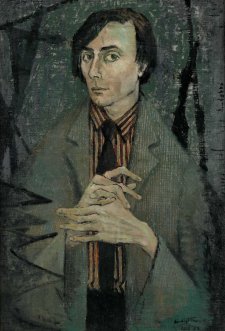
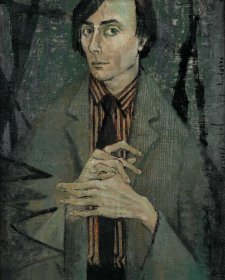
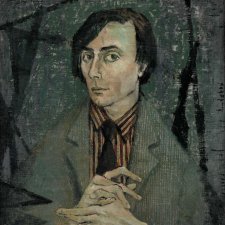
21 December 2020
In their own words lead researcher Louise Maher on the novel project that lets the Gallery’s portraits speak for themselves.
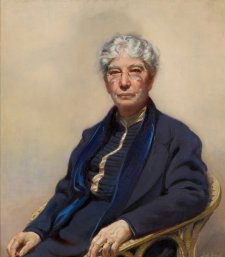
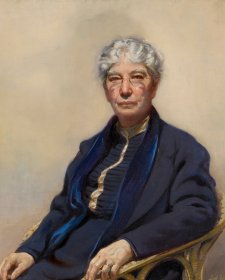
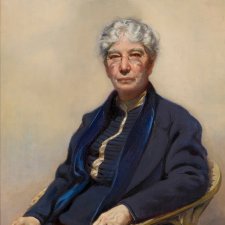
Dr Sarah Engledow explores the portraits of writers held in the National Portrait Gallery's collection.